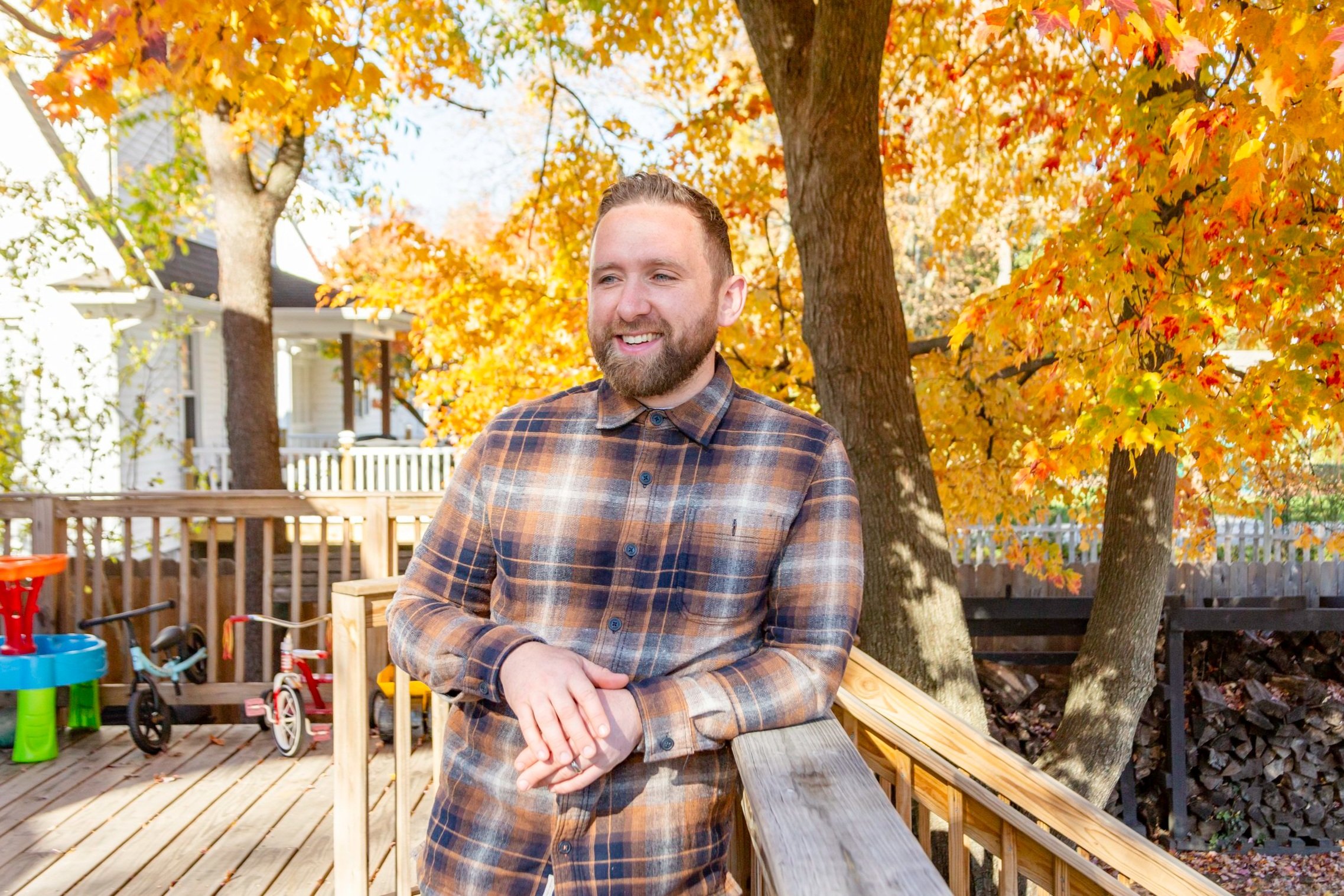Drink Slow
Bartender Danny Childs makes a case for cocktails built on the found, foraged, fresh, and fermented.
photos: Raeann serra
So many of today’s most popular food trends are no more than repackaged practices from humankind’s not-so-distant past. Consider that just a few generations ago, it was the norm to eat locally grown, seasonally harvested ingredients that were organically farmed, foraged, or preserved through fermentation, pickling, or some other process. While these were once necessities for human survival, restaurants and consumers have gravitated back towards them, not only because it reconnects us to our past, but because it results in food that tastes better and is healthier for ourselves and the planet.
We have seen these same principles enter the drinks world in recent years with the boom in natural wines and ciders, craft beer, and kombucha made with locally grown, even foraged ingredients. For some reason, however, this same approach has largely remained absent from the cocktail landscape. My hope is that my recently-released book, Slow Drinks, will serve as the manual on the subject.
A Slow Drink is a beverage, alcoholic or non-alcoholic, with a backstory about the drink’s main ingredient, history, or technique. They are slow in that they take time and patience when it comes to the processes used to preserve them, as well as the wait for their seasonal ingredients to return. Slow Drinks can be interpreted as an extension of the locally driven “good, clean, and fair” food principles put forth by the Slow Food movement.
Slow Drinks is the merging of my two primary passions and professions: ethnobotany and bartending. I planned on pursuing a career in academia, but a stint splitting my time between farming and working at a local farm-to-table restaurant changed my trajectory. For the first time, I began to look critically at the ethnobotanical make-up of my hometown. In my free time, I began experimenting with putting up the bounty I encountered in the fields and forests through fermentation, pickling, and infusing. When I took over the bar program at the restaurant, I knew I wanted our drinks to act as microcosmic anecdotes that wove together narratives of ethnobotany, farming, foraging, and preservation. This approach eventually evolved into Slow Drinks.
My hope is for Slow Drinks to become a distinct branch of the cocktail family tree, and for it to spark a movement in the same way that the Slow Food movement has. So how can your restaurant adopt this approach? First, think of which ingredients tell the story of your region and/or the theme of your venue. To procure them, try building a relationship with a local grower or forager, or consider growing or foraging yourself. While people often think of foraging as something that occurs in the middle of the forest, it’s amazing what you can find hidden in plain sight—dandelion, pine, sumac, walnuts, mulberries, juniper.
You’ll then need to preserve the ingredient to transform it from a raw state to a liquid one and to extend its shelf life. After incorporating the preserve in a drink comes the most important part of all: telling the story, which is best accomplished through staff education and social media (because a menu can only say so much). I realize that this whole pursuit may sound a little abstract, so what better way to explain it than with one of my favorite ingredients of the year: wild walnuts.
bartender danny childs
Black Walnut Manhattan: Fig Leaf-Infused Bourbon, Sweet Vermouth, Black and White Walnut Nocino, Maraschino Cherry
Each year on June 24th, I venture out into the wilds of suburban New Jersey to gather my yearly walnut haul from some unexpected places; the running trail in the town where I live, behind the local CVS, and along the edge of a little league field. This is not a random date, but rather the perfect stage in the walnut’s lifecycle for making the European liqueur, nocino, as the shell is soft enough to pass a knife through, and the gel-like center has yet to begin to harden into the walnut.
Once collected, the nuts are split in half and submerged in high-proof alcohol until December. This practice (and the date to harvest them) originated in pre-Roman Europe and was originally aligned with the celebration of the summer solstice and meant to be enjoyed during the winter solstice, but it has become associated with the Feast of St. John and Christmas since the Romans adopted Christianity. The custom of making walnut liqueur is still popular in many parts of rural Europe today, especially in France and Italy.
While Europeans utilize their local English or Persian walnuts for nocino, I make mine with the two walnut species native to the Eastern U.S., black walnuts and the butternut or white walnut. After allowing them to infuse in the alcohol for six months, it’s then time to strain the nuts out, sweeten, and dilute to make the nocino. After resting for an additional month, the liqueur is then ready to be consumed neat, used as a fortifying agent to make a vermouth-adjacent ingredient known in France as vin de noix, or as a modifier in cocktails like my Black Walnut Old Fashioned.
Now you may be asking yourself, “How do I maintain stock when my most popular cocktail prominently features an ingredient that is foraged, handcrafted, and takes six months to make?” The answer is: I don’t! It’s there until it’s gone, at which time it will be replaced by an equally engaging and delicious drink. Part of the appeal in using raw ingredients is that they are as finite and ephemeral as nature itself. The goal is to appreciate each beverage as a creative expression, reflecting both the ebbs and flows of seasons and your business’ ethos, and to learn to savor drinking slowly.









